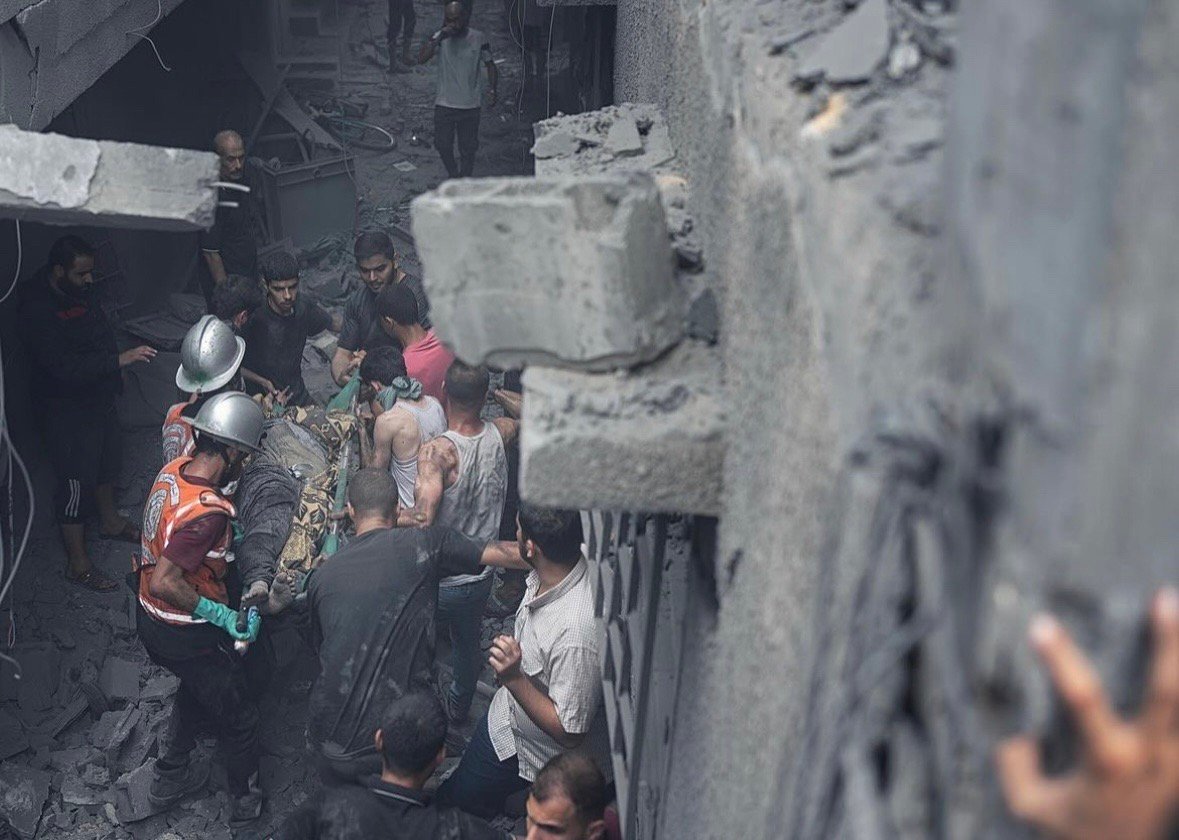125 days of Israeli aggression on the Gaza Strip claimed the lives of more than 27,840 martyrs. In addition, 67,317 were wounded, with children and women making up 70% of the victims in the Strip.
Children in Gaza war support their families
While the children of the Gaza Strip live under the weight of the ongoing Israeli aggression, they work exceptionally hard to shoulder the responsibility imposed on them to provide a living for their families. The difficult economic conditions are evident in the high unemployment rate, which has exceeded 65%, poverty has reached 70%, and nearly 80% of families depend on emergency aid and humanitarian aid to survive. Working children face multiple challenges, such as the danger of Israeli bombing and the difficulty of movement due to lack of fuel. The economic conditions in the Gaza Strip are worsening due to the aggression, due to the impact of closing the crossings and targeting economic facilities. Children work in a wide range of professions, such as selling used clothes, vegetables, and various foods, to meet the needs of their families. Some children sell humanitarian aid to generate additional income and exchange it for other items they need. Bad weather conditions, such as extreme cold and rain, make the daily lives of working children more challenging. Many families depend on humanitarian aid and subsidies, but closures and economic devastation make the situation even more difficult. Children work hard to make a living.
17 thousand children in the Gaza Strip live without their families
Estimates by the United Nations Children’s Fund (UNICEF) indicate that about 17,000 Palestinian children in the Gaza Strip live without their parents or have been separated from their families, which is equivalent to 1% of the total number of displaced people. Jonathan Crakes, UNICEF Communications Director in the Palestinian Territories, emphasized that every child in this situation carries a heartbreaking story. Families in Gaza face great hardship as a result of the lack of food, water, and shelter, making family members face difficulty in meeting their basic needs. The devastating events in Gaza seriously affected the mental health of children, resulting in symptoms such as severe anxiety, loss of appetite, and inability to sleep. Katherine Russell, Executive Director of UNICEF, is warning of the worsening humanitarian situation in Gaza and urging not to abandon the children there, emphasizing that their situation is getting darker.. Meanwhile, the decision of some countries to suspend funding for the United Nations Relief and Works Agency for Palestine Refugees (UNRWA) raises concern and a warning about the collapse of the humanitarian system in Gaza. Statistics indicate that about 70% of the martyrs in Gaza were women and children, with a large percentage of children who lost their limbs as a result of attacks, and more than 8 thousand citizens, including children, are still missing under the rubble and on the roads. There is an urgent need for mental health services and psychosocial support for more than a million children in these difficult circumstances, and an immediate ceasefire is the only way to provide this support on a large scale.



